Remember those good old days when school projects meant a trip to the hardware store with Dad and Mom frantically gluing popsicle sticks together at 11 PM? Back in the ’60s and ’70s, creativity in the classroom often involved potentially hazardous materials that would make today’s helicopter parents faint. Those were the days when “safety first” meant remembering to open a window before spray painting your solar system model in the garage.
1. The Papier-Mâché Volcano That Nearly Burned Down the Kitchen
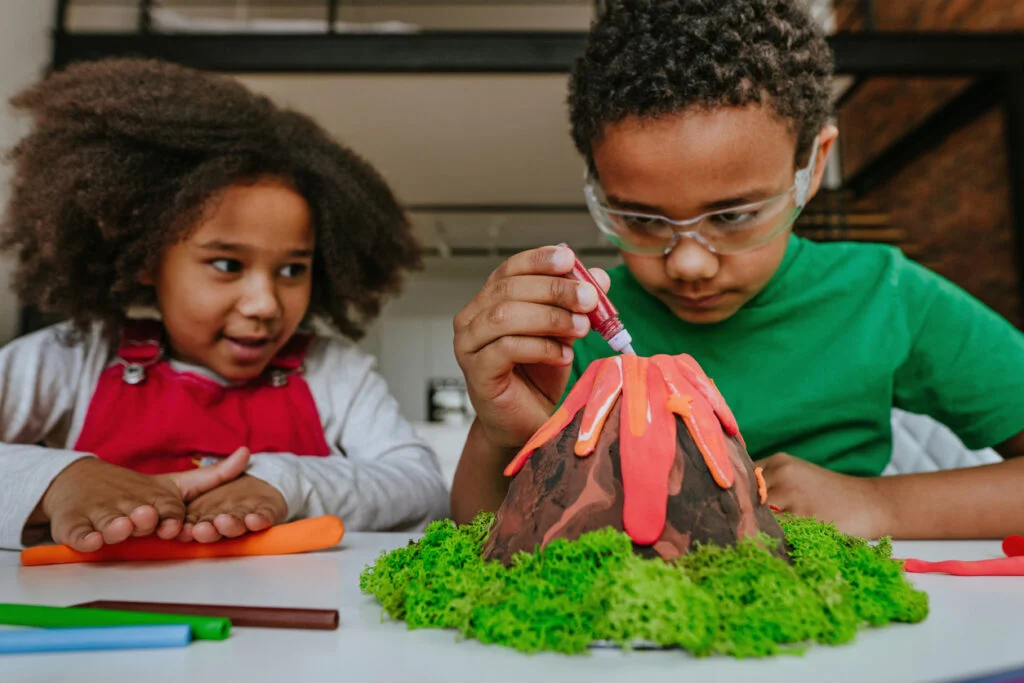
Every kid in the ’60s and ’70s had to build the classic volcano for science class, and somehow they all required actual fire to make them “erupt.” Dad would be hunched over the kitchen table with a blowtorch, carefully hollowing out the papier-mâché mountain while Mom nervously held a fire extinguisher. The smell of burning newspaper and flour paste became the unofficial scent of elementary education.
The final presentation always involved baking soda, vinegar, red food coloring, and a prayer that the whole contraption wouldn’t collapse in front of Mrs. Henderson’s third-grade class. Your parents spent more time on that volcano than you did, but hey, at least it looked like Mount Vesuvius instead of a lumpy pile of wet paper. The real miracle was that most houses survived volcano season without any actual emergency room visits.
2. The Solar System Mobile That Defied Physics
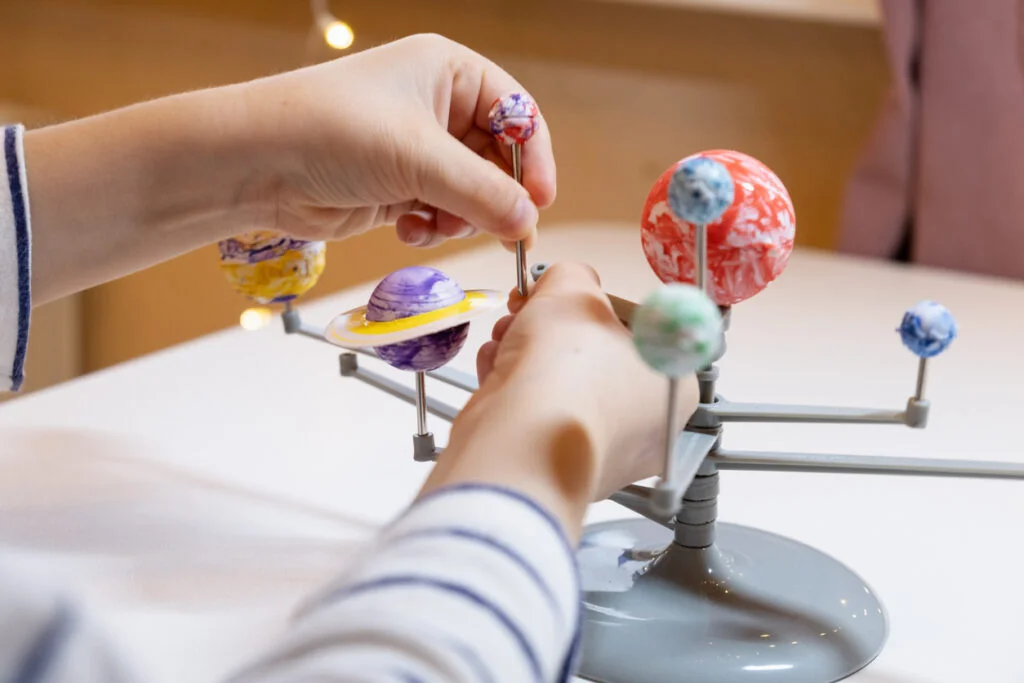
Building a solar system mobile meant Dad breaking out the drill, spray paint, and enough styrofoam balls to stock a craft store. The garage would be transformed into a NASA workshop, complete with planets hanging from fishing line and the overwhelming smell of aerosol paint. Mom would inevitably find glitter in her hair for weeks afterward, a shimmering reminder of Jupiter’s “rings.”
The final product usually looked nothing like the actual solar system, with Pluto somehow larger than the Sun and Mars painted hot pink because that was the only spray paint left. Your parents would spend hours trying to balance the whole thing so it wouldn’t crash to the ground during your presentation. The real challenge wasn’t learning about planetary orbits – it was getting that mobile through the car door without everything falling apart.
3. The Diorama That Required Professional Carpentry Skills
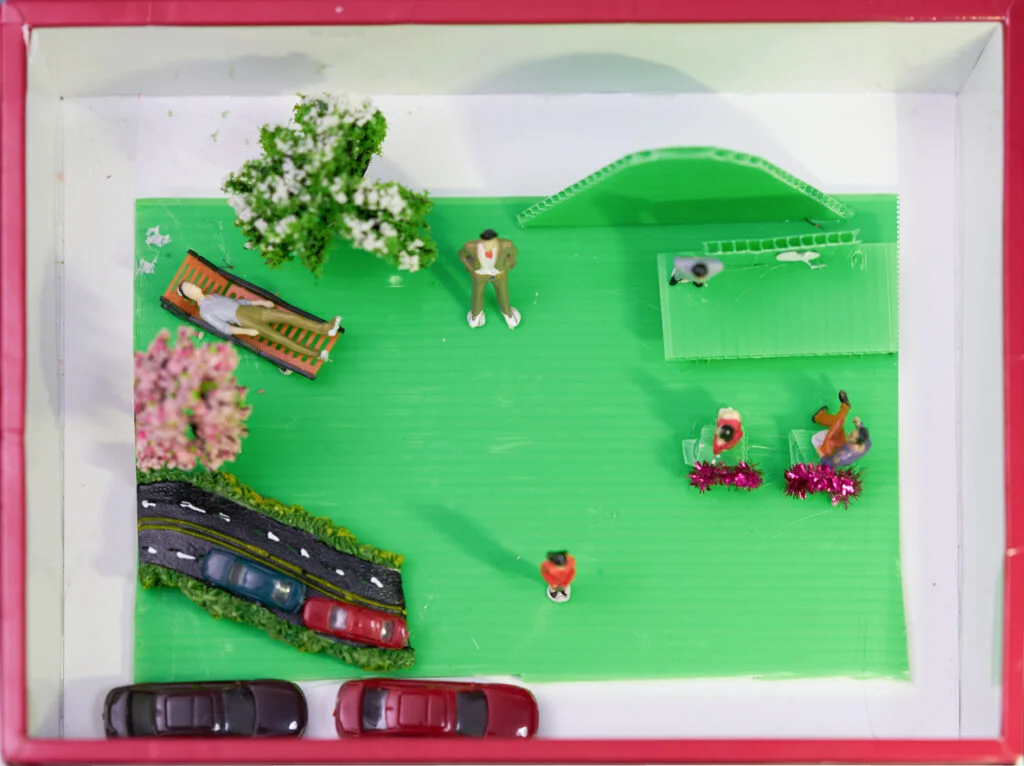
Shoe box dioramas were supposed to be simple, but somehow they always evolved into elaborate architectural projects that required Dad’s entire workshop. The “simple” Civil War battle scene would transform into a miniature Gettysburg, complete with hand-carved wooden soldiers and realistic terrain made from actual dirt and moss. Mom would find herself painting tiny Union and Confederate flags with a magnifying glass and a steady hand.
The spray paint would come out for the “realistic” sky backdrop, usually applied in the garage while you were safely inside doing homework. By the time your parents were finished, the diorama looked like it belonged in the Smithsonian, not a fourth-grade classroom. You’d carry it to school like it was made of precious gems, terrified that one wrong move would destroy Dad’s weekend masterpiece.
4. The Pinewood Derby Car That Became Dad’s Midlife Crisis
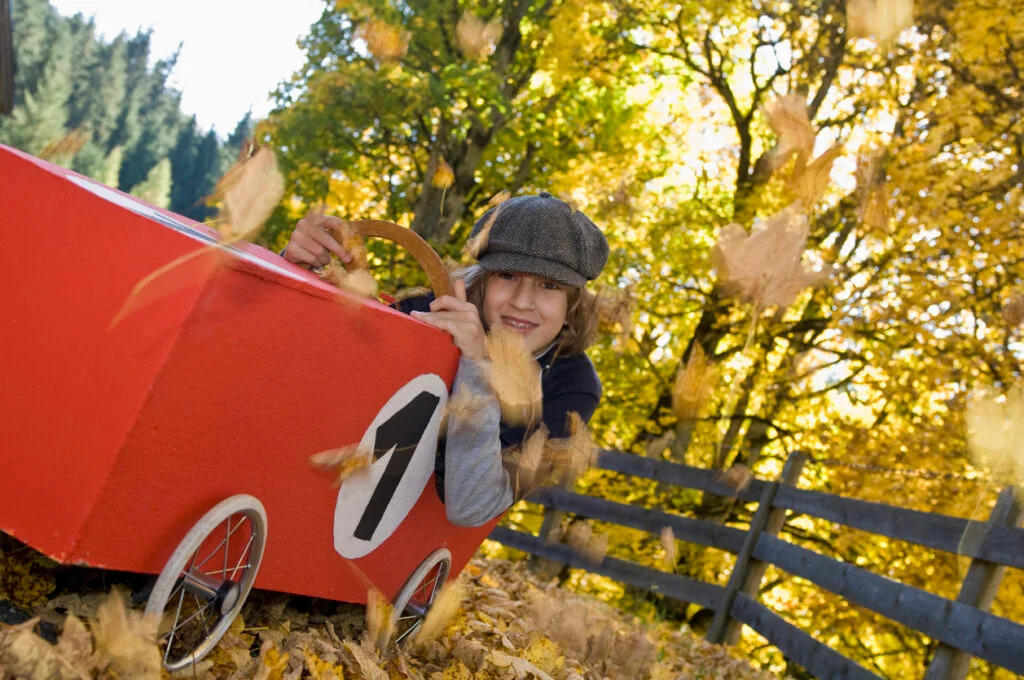
Cub Scout Pinewood Derby cars were supposed to teach kids about woodworking, but they mostly taught parents about obsessive perfectionism. Dad would disappear into the garage for entire weekends, armed with power tools, aerodynamic theory books, and enough spray paint to customize a real car. The kitchen table would be covered in blueprints, as if you were designing the next space shuttle instead of a wooden block with wheels.
The final car would be a work of art, painted with multiple coats of high-gloss finish and weighted to the exact gram limit. Mom would shake her head as Dad explained the physics of weight distribution and wheel alignment to your eight-year-old brain. Come race day, your car would either dominate the competition or fall apart spectacularly, but either way, Dad had already started planning next year’s design.
5. The Science Fair Project That Turned Into a Chemistry Experiment
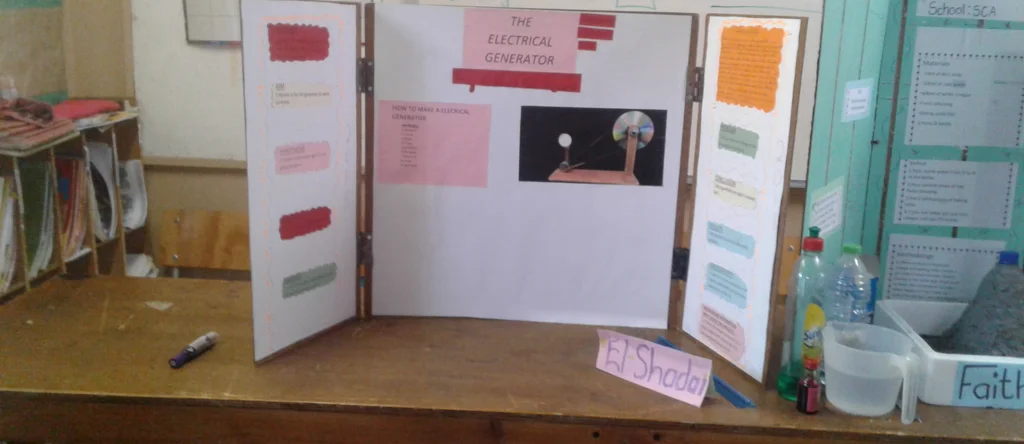
Science fair projects in the ’70s were basically unsupervised chemistry experiments waiting to happen. Dad would help you build a working radio from scratch, complete with soldering iron burns and the acrid smell of melting electronics. Mom would nervously supervise from a safe distance, armed with bandages and a first aid manual.
The spray paint would inevitably come out to make your project board look “professional,” usually applied in the basement with questionable ventilation. Your parents would spend weeks helping you understand concepts that were probably above your grade level, but hey, at least you’d win third place and a ribbon. The real victory was making it through the project without any major injuries or house fires.
6. The Model Airplane That Required an Engineering Degree
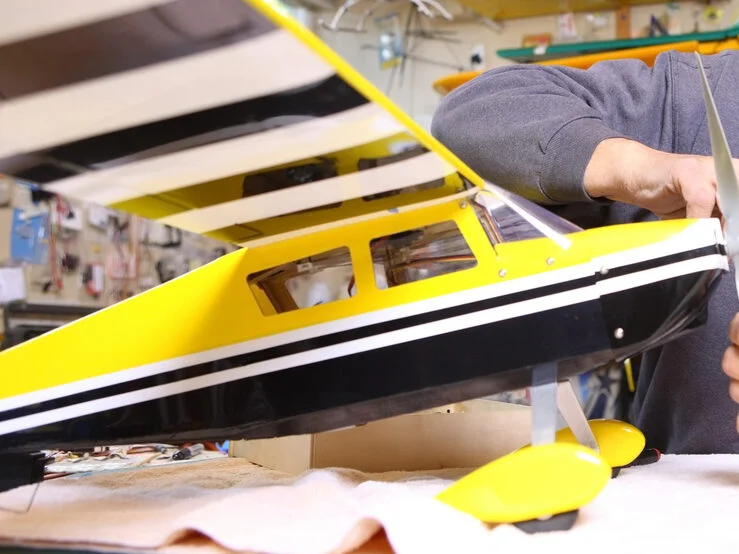
Building model airplanes was supposed to be a fun father-son bonding activity, but it usually turned into a test of Dad’s patience and manual dexterity. The dining room would be transformed into an aircraft factory, complete with tiny bottles of paint, plastic cement that could knock you unconscious, and decals that never went on straight. Mom would ban everyone from the kitchen because the fumes from the model glue were making the dog dizzy.
The final airplane would be a masterpiece of scale modeling, painted with military precision and detailed enough to fool a museum curator. Dad would spend hours applying the decals with tweezers and a magnifying glass, muttering about “historical accuracy” and “proper camouflage patterns.” You’d learn more about World War II aircraft than your history teacher ever taught, even if you couldn’t actually fly the thing.
7. The Terrarium That Became a Greenhouse Operation
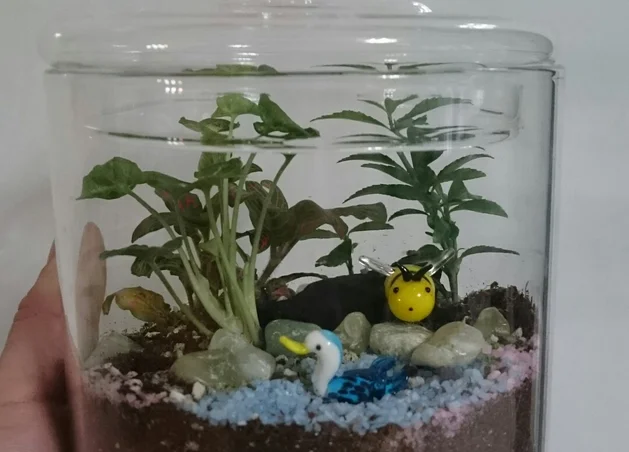
Creating a terrarium for biology class seemed simple enough – just throw some plants in a jar, right? Wrong. Dad would construct an elaborate glass ecosystem complete with drainage layers, activated charcoal, and a lighting system that would make professional botanists jealous. Mom would find herself researching the care and feeding of exotic mosses like she was writing a doctoral thesis.
The spray paint would come out to customize the base and create “realistic” rock formations inside the glass container. Your parents would spend more on specialty plants and equipment than most people spend on actual gardens. The terrarium would thrive for months, becoming the centerpiece of the living room and a constant reminder of your parents’ overachievement in elementary education.
8. The Weather Station That Predicted Nothing
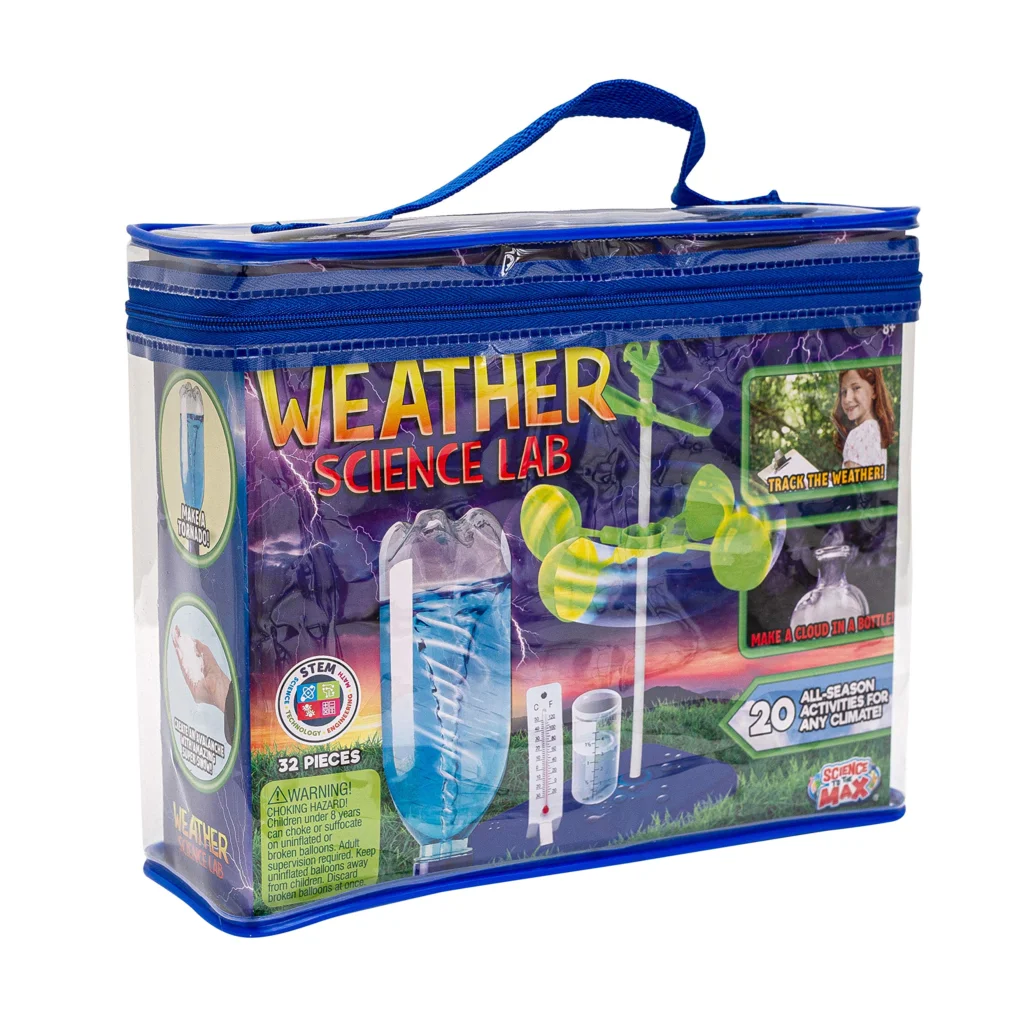
Building a weather station for science class meant Dad diving headfirst into meteorology, complete with homemade barometers, wind vanes, and rain gauges. The backyard would be transformed into a mini weather service, with instruments mounted on posts that Dad spent an entire weekend installing. Mom would find herself recording daily weather data like she was working for the National Weather Service.
The spray paint would be used to weatherproof everything and make it look “official,” usually in bright colors that could be seen from space. Your weather station would be more accurate than the local news, even if you never quite understood how a barometer actually worked. The neighbors would start asking your parents for weather forecasts, and Dad would proudly explain atmospheric pressure to anyone who would listen.
9. The Native American Village That Required Anthropological Research

Social studies projects about Native American culture somehow always turned into elaborate historical recreations that would make museum curators weep with envy. Dad would spend weeks researching authentic construction techniques, while Mom sourced materials that looked historically accurate. The kitchen table would be covered with tiny teepees, longhouses, and pueblos that were architecturally correct down to the last detail.
The spray paint would come out to create “realistic” aging effects on the buildings, because apparently your third-grade teacher needed to see authentic weathering patterns. Your parents would learn more about indigenous American cultures than they ever did in their own school days. The final village would be so impressive that other parents would ask if you were planning to donate it to a museum.
10. The Castle That Launched a Thousand Hardware Store Trips

Medieval history projects inevitably led to castle construction, and somehow every castle needed to be built to withstand an actual siege. Dad would approach the project like he was designing a real fortress, complete with working drawbridges, functional portcullises, and towers that could actually hold toy knights. Mom would find herself researching medieval architecture and paint techniques used in the 13th century.
The spray paint would be used to create realistic stone textures on cardboard walls, applied with stencils and techniques that would impress professional set designers. Your castle would be so elaborate that it wouldn’t fit through the classroom door, leading to frantic last-minute modifications with a hacksaw. The final fortress would be the envy of every other student and probably more historically accurate than most Hollywood movies.
11. The Robot That Almost Achieved Consciousness
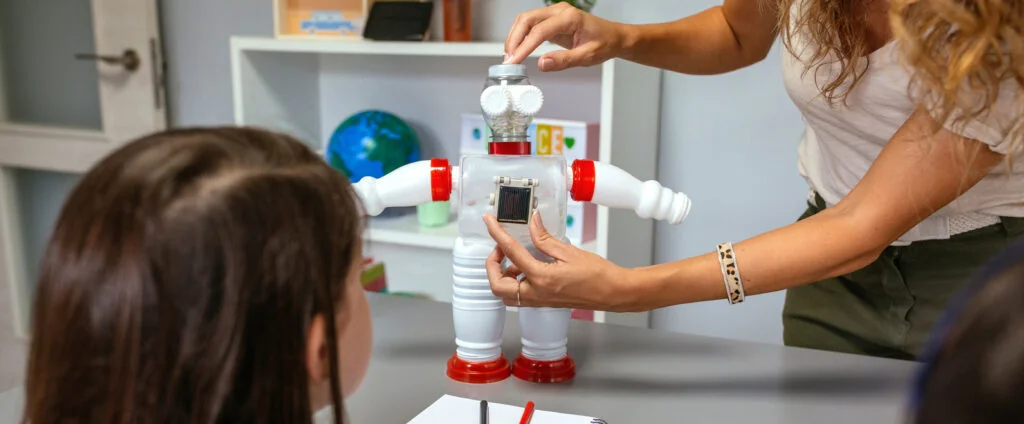
Science projects involving robots were basically an excuse for Dad to live out his childhood dreams of building the perfect mechanical companion. The garage would be transformed into a robotics laboratory, complete with motors, circuits, and enough electrical components to power a small city. Mom would nervously supervise from a distance, armed with rubber gloves and a fire extinguisher.
The spray paint would come out to give your robot a sleek, futuristic finish that would make R2-D2 jealous. Your parents would spend more time on the robot than most people spend on their actual jobs, reading electronics manuals and debating the merits of different motor configurations. The final robot might not have achieved consciousness, but it would definitely win the science fair and probably qualify for a patent.
12. The Time Capsule That Became a Family Heirloom
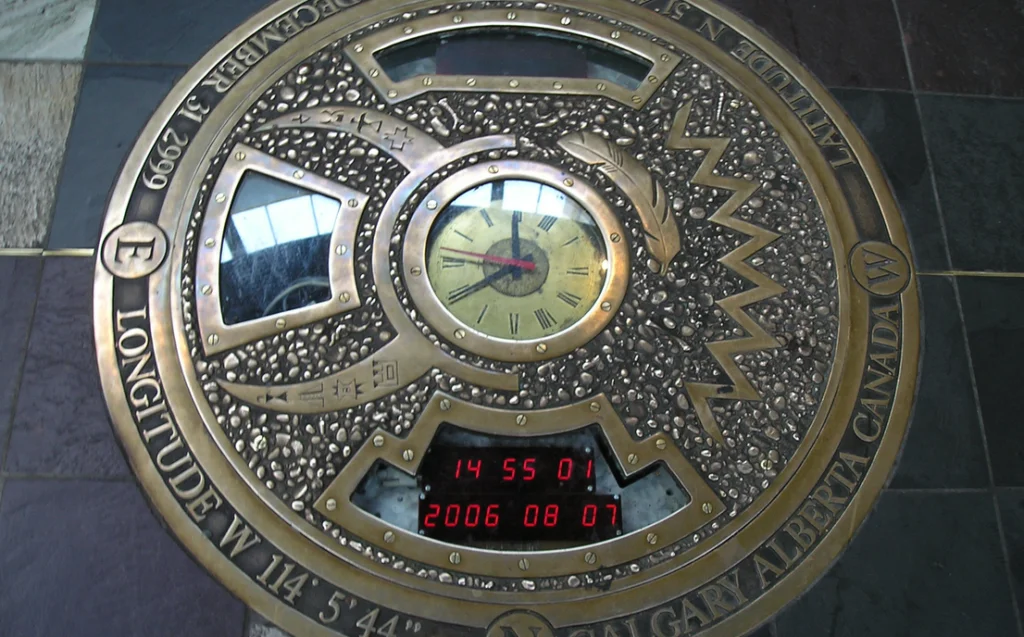
Creating a time capsule for social studies class seemed straightforward until your parents got involved and decided it needed to survive the apocalypse. Dad would construct a waterproof, fireproof, and apparently nuclear-proof container that could preserve your elementary school memories for centuries. Mom would carefully curate the contents like she was preparing for the Smithsonian’s permanent collection.
The spray paint would be used to create a professional-looking exterior that could withstand the test of time, complete with official-looking labels and warning signs. Your time capsule would be so well-constructed that future archaeologists would probably assume it contained state secrets rather than your third-grade essay about your pet hamster. The whole family would get so invested in the project that you’d end up creating annual time capsules for years to come.
Those were the days when parents threw themselves into school projects with the enthusiasm of NASA engineers and the creativity of Renaissance artists. Sure, the house occasionally smelled like a paint factory, and Dad’s workshop looked like a tornado hit it, but those projects created memories that lasted a lifetime. In an age of Google and 3D printers, there’s something beautifully chaotic about the way our parents tackled education – with spray paint, determination, and just enough fire to make it interesting.
This story School Projects from the ’60s and ’70s That Somehow Involved Spray Paint and Fire (And Our Parents Doing All Of It) was first published on Takes Me Back.


